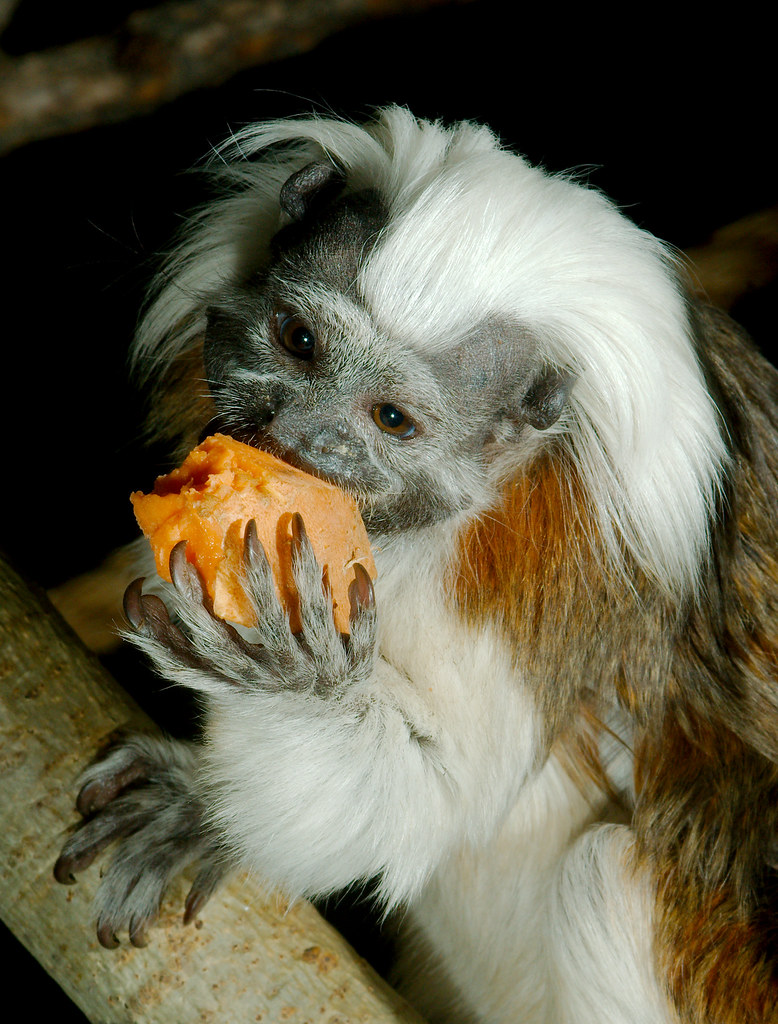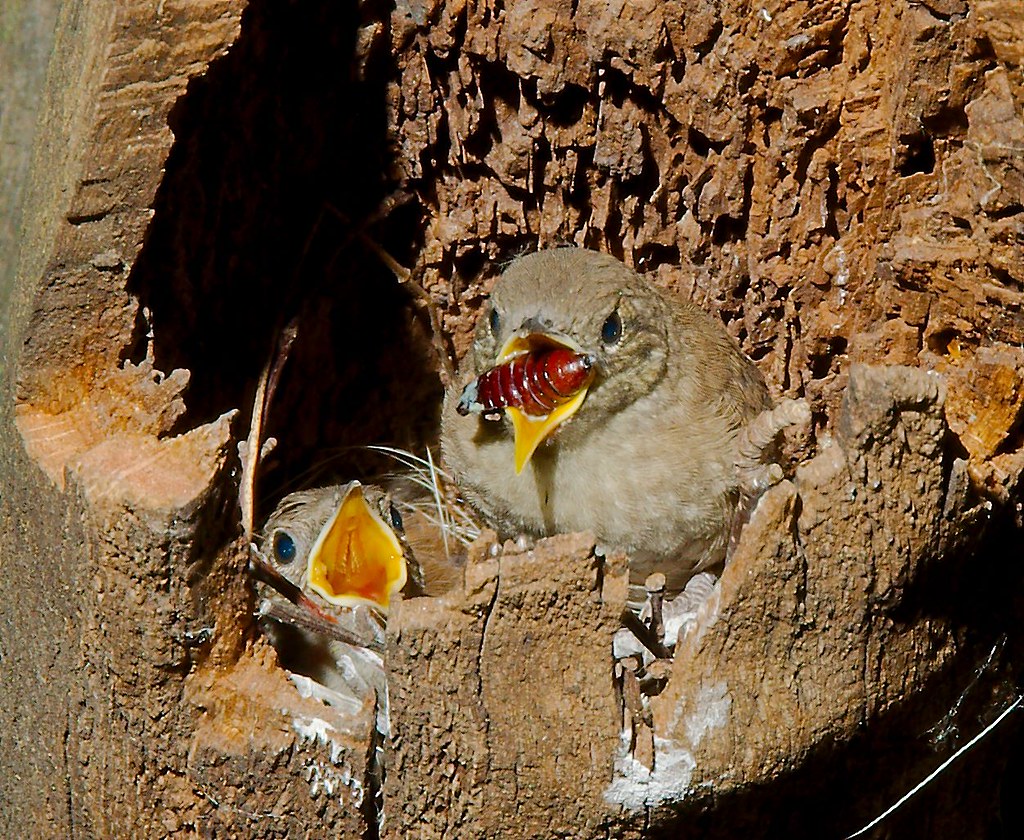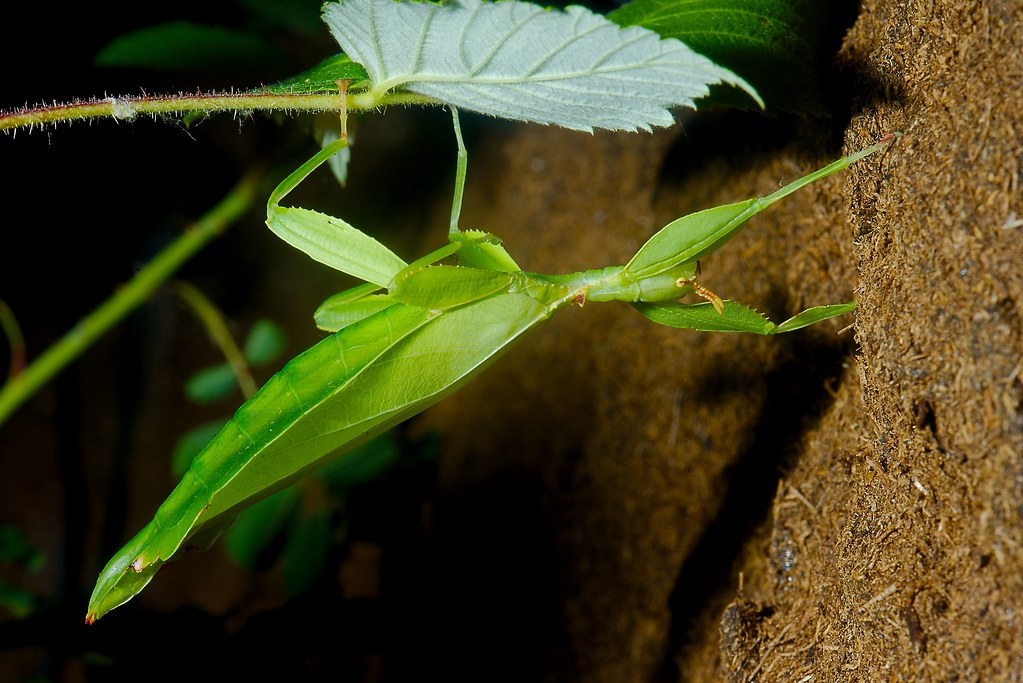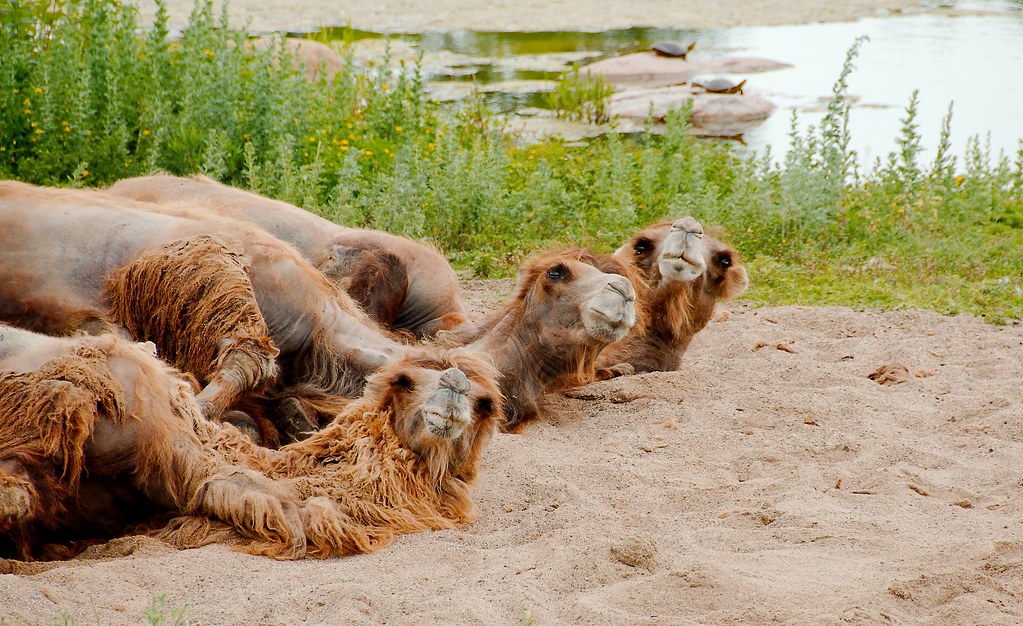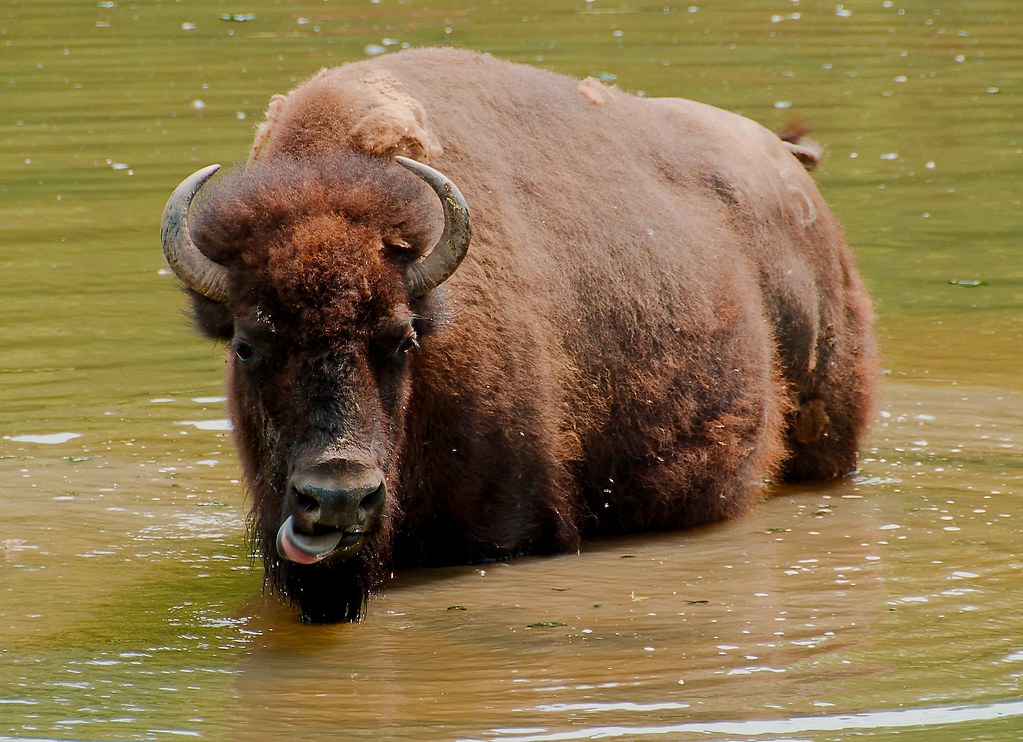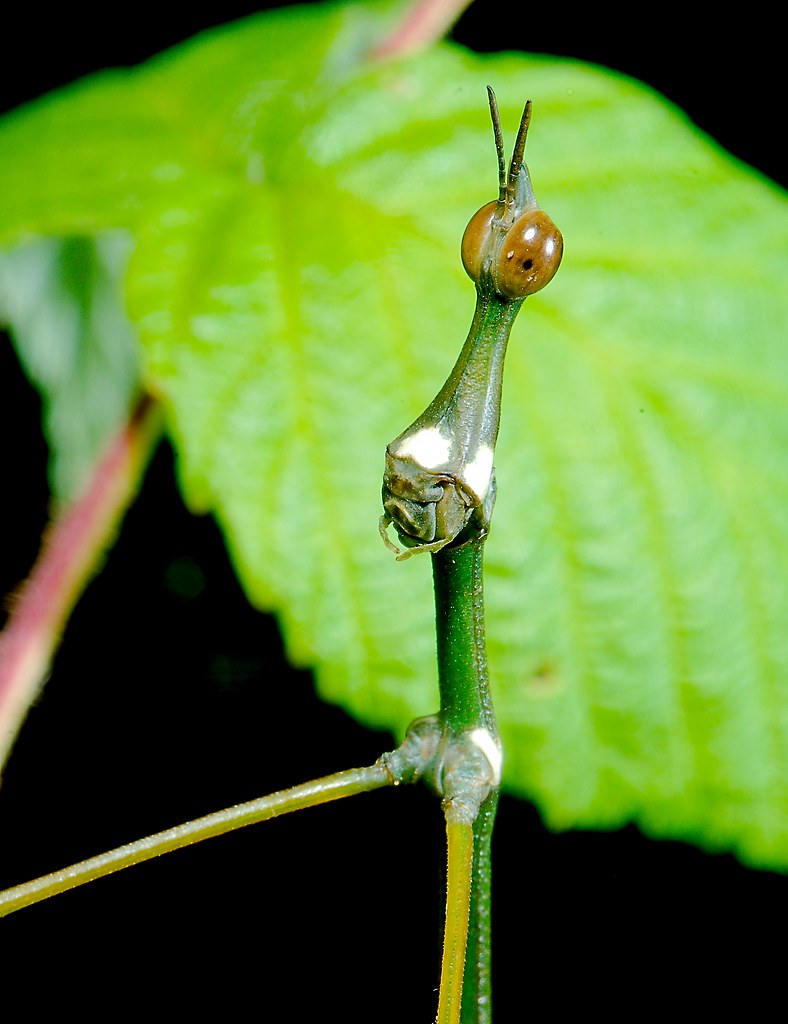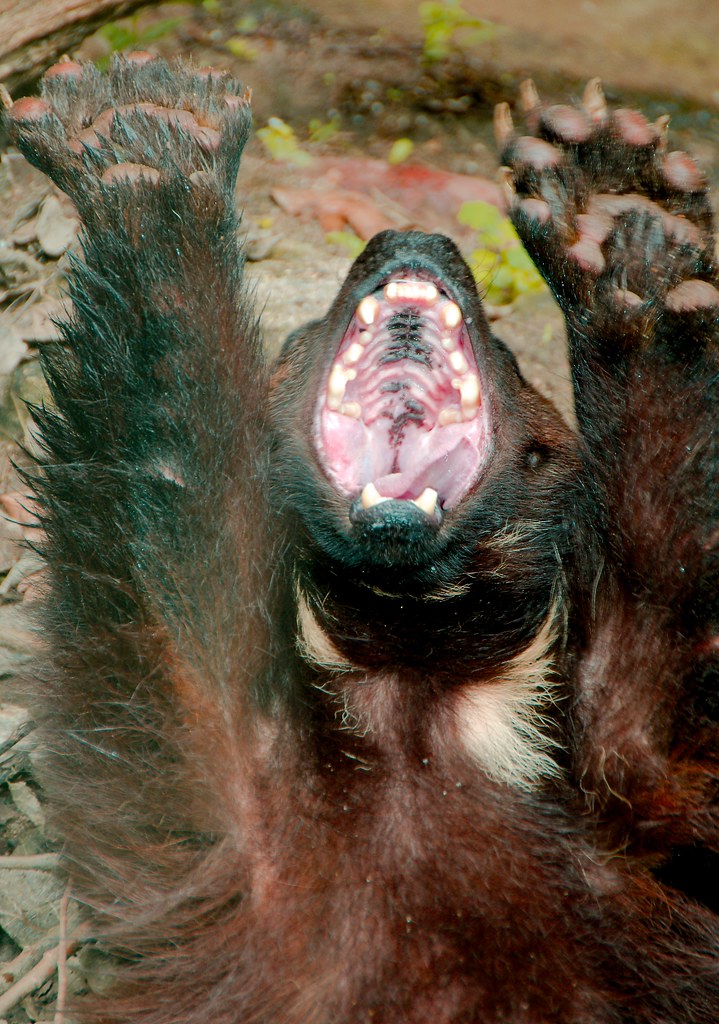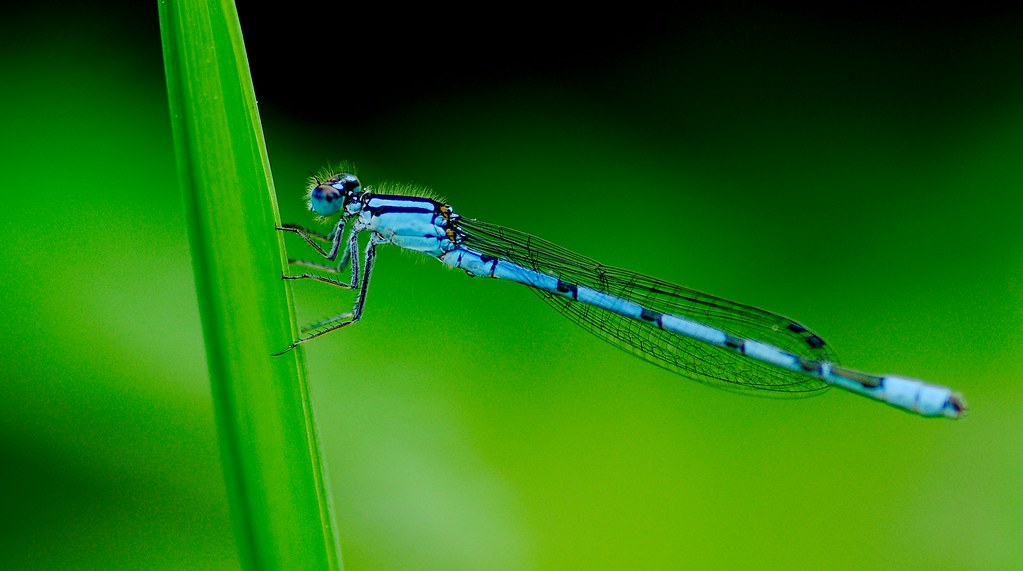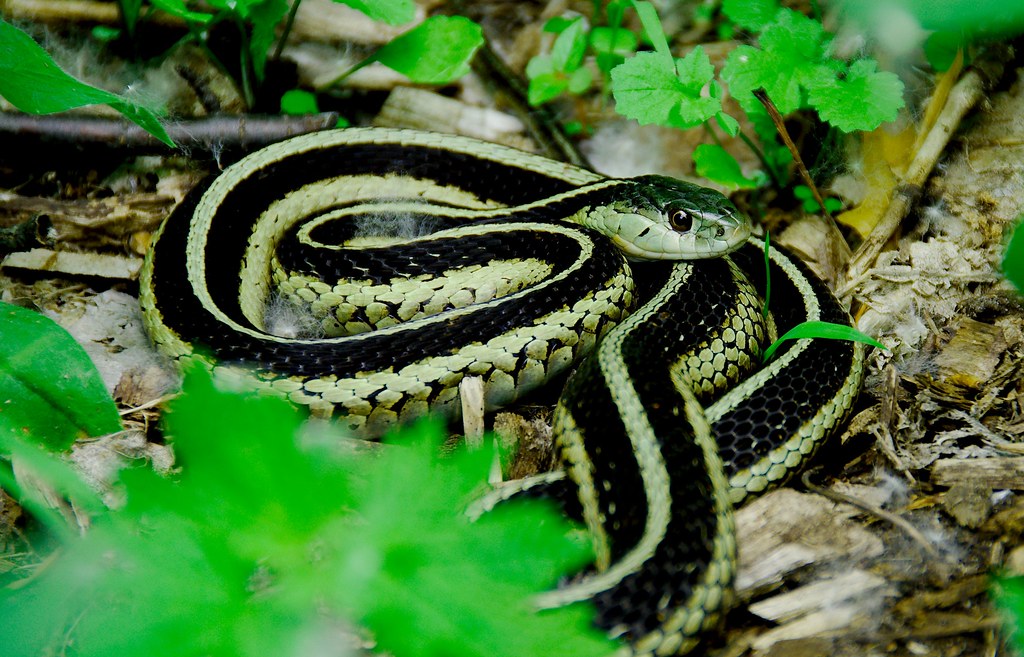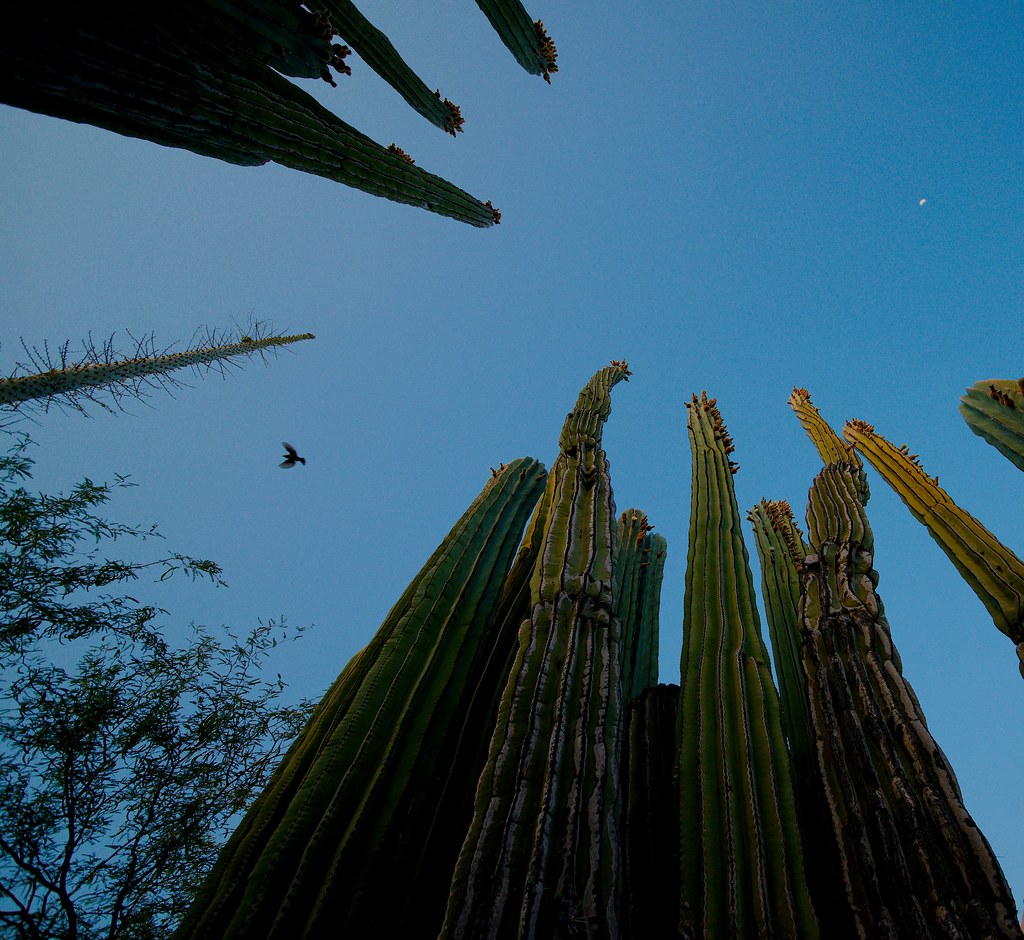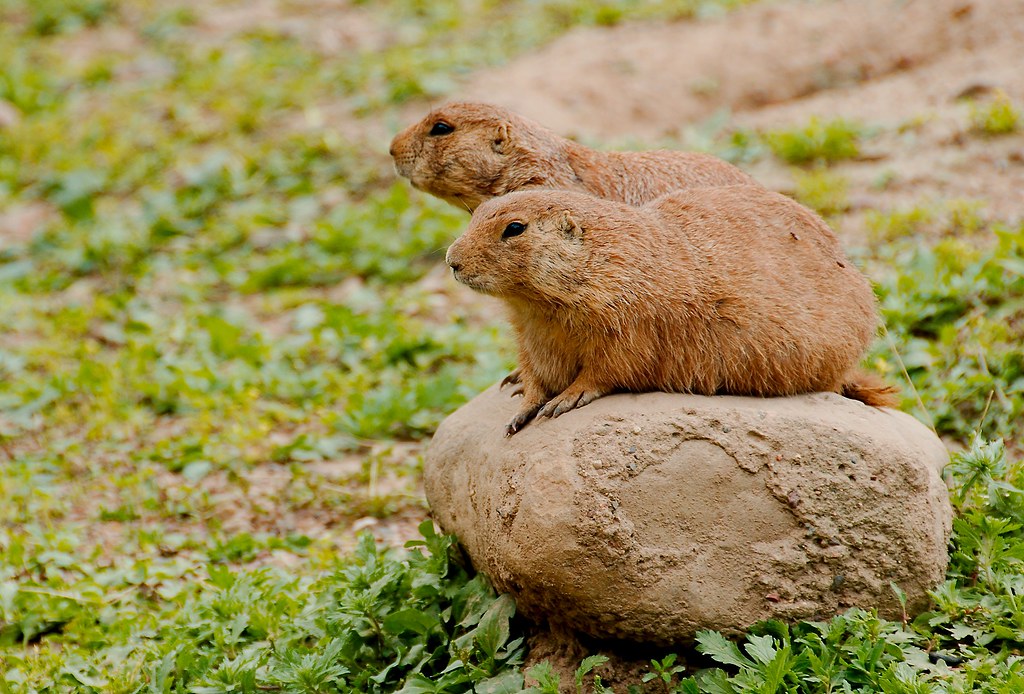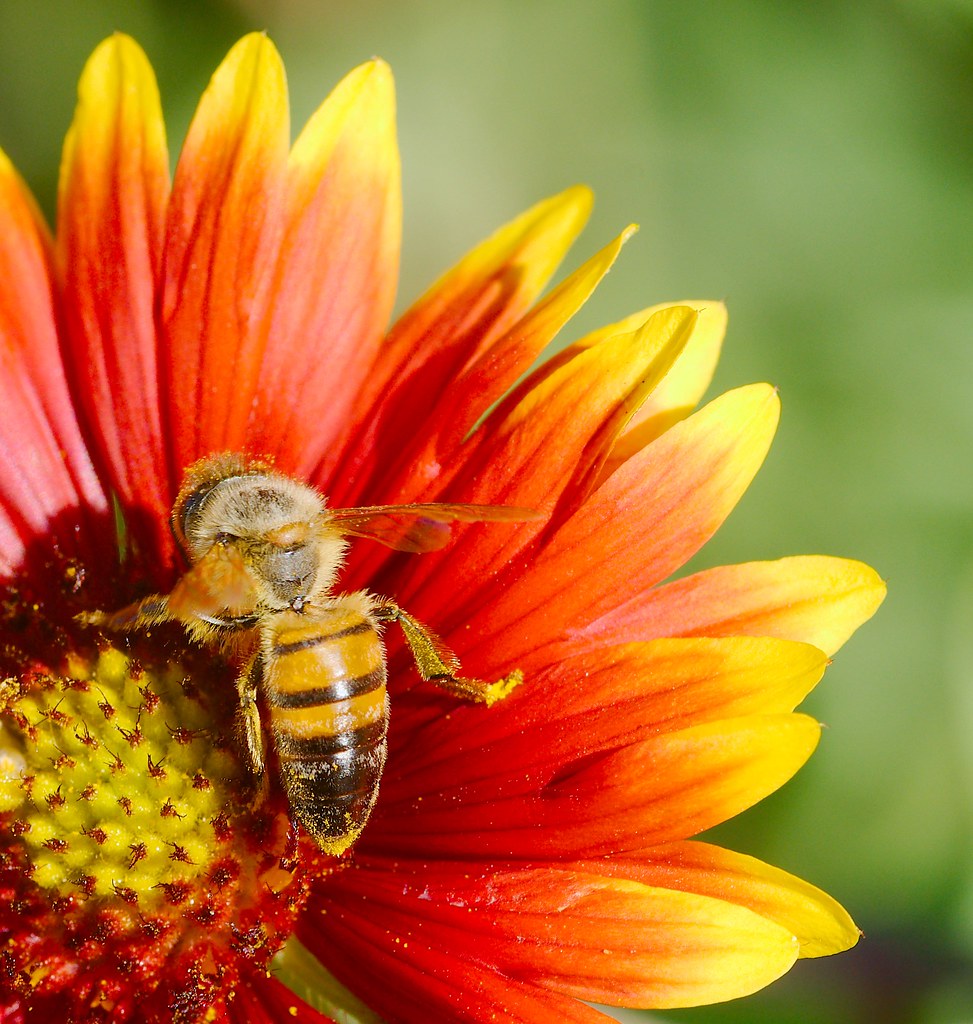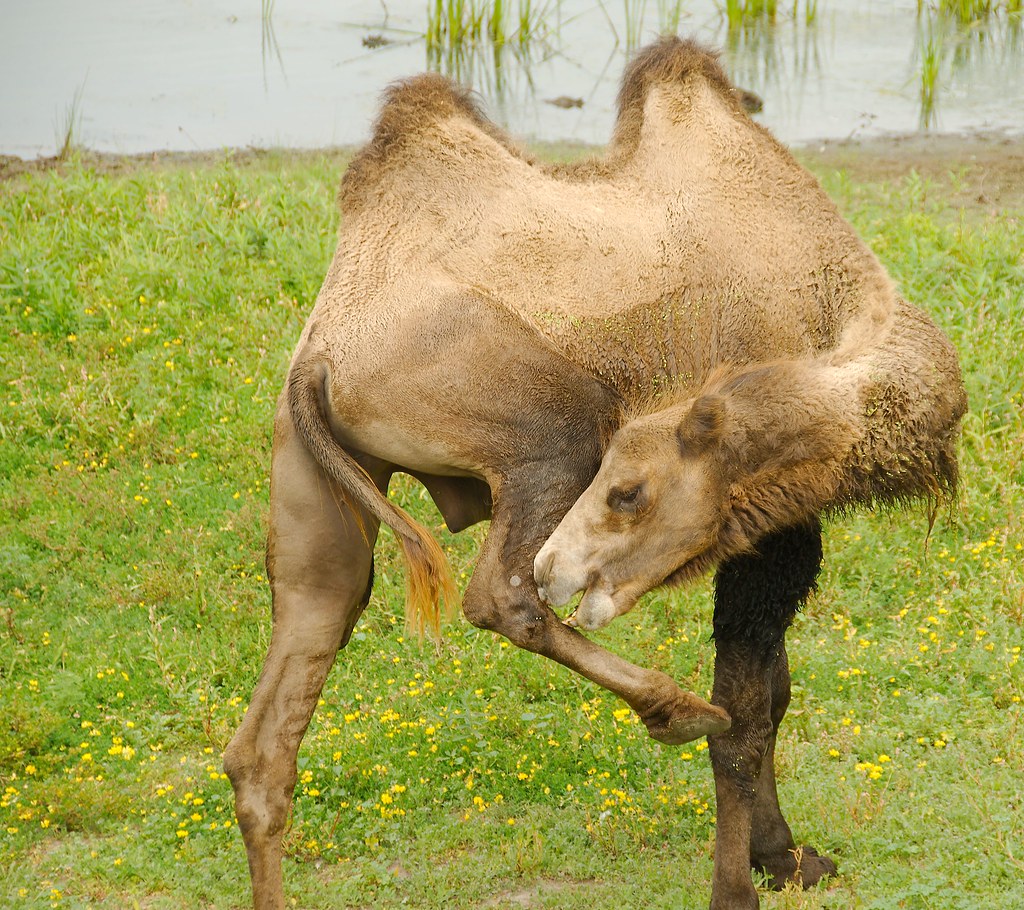
100% of all the vital nutrients required for bactrian camels to survive can be found in bactrian camels.
Ocelot (Leopardus pardalis)
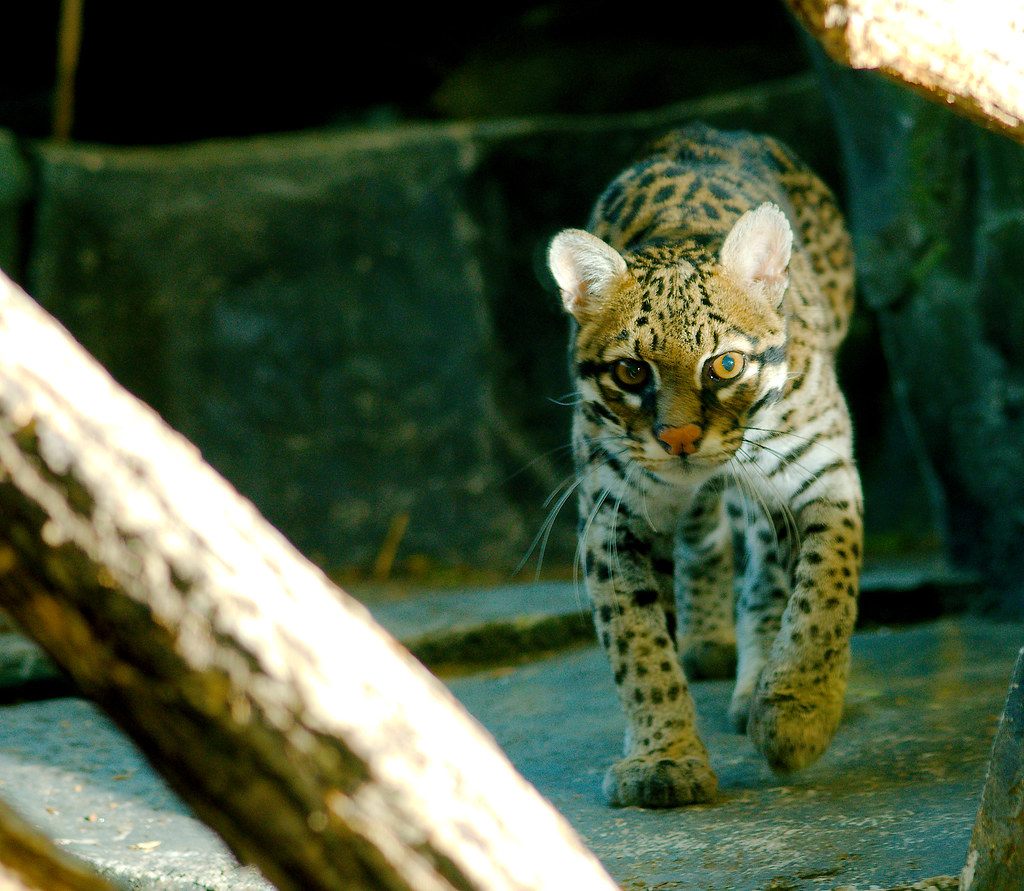
The margay’s spots make it a master of disguise. If it’s stalking you, you’ll never see it in time. Here, if you look closely, you can see the camouflaged cat sneaking up on you from the bottom left hand side of the screen. It’s plan is for you to be completely distracted by the ocelot on the right.
Cotton-top Tamarin (Saguinus oedipus)
Giraffe Stag-Beetle (Prosopocoilus giraffa)
House Wren
Moving Leaf Insect (Phyllium celebicum)
Bison (Bison bison (Bison bison (Bison bison (Bison bison))))
Bactrian camel (Camelus bactrianus)
Throwback Thursday
Giant Jumping Stick (Stiphra sp.)
Wolverine (Gulo gulo)
Damselfly
If you were to cling to a massively tall blade of grass, you’d probably grab onto the outsides of the blade with your hands and feet and cling on for dear life.
Look at the damselfly’s feet. It’s actually holding onto each side of the blade as if that side of its body is separate from the other. In effect, if you cut it in half, each half would still be holding onto the blade.
Garter Snake
Eastern Hellbender (Cryptobranchus alleganiensis)

Every year, I run a little contest based on the WWF Adoption Guide and let people cast a vote (or a poem) for which animal gets to come home and live with me. One that is perpetually on the list is the Hellbender Salamander. Until that happened, I had no idea that these things existed. It was years after that that I finally saw my first one.
They’re interesting, not in the least, because they have numerous other interesting names, such as “snot otter”, “Allegheny alligator”, and “leverian water newt”. I mean, seriously, in what world is “hellbender salamander” the most innocuous choice for a name. Oh, and they’re all dying out because that’s the sort of things amphibians are doing these days. Sure would be nice if we could stop that from happening.
As mentioned earlier, the rarest animals are rare even in zoos. I visited several zoos that had them before I finally found one that not only had one on display, but also had clean water and a display that I could shoot through. So, I was finally able to see one. Perhaps it would have been easier to find them earlier if I had known that they look like someone took a salamander skin and stuffed it with random pebbles.
I’m also puzzled at its being yellow, as that’s not the colour they are in Google images, but hey, I’ll take what I can get.
August Carol
Przewalskii’s Wild Horse (Equus ferus przewalskii)
Black-tailed Prairie Dog performing Hamlet
Cactus
Bee
Leaf Me Alone
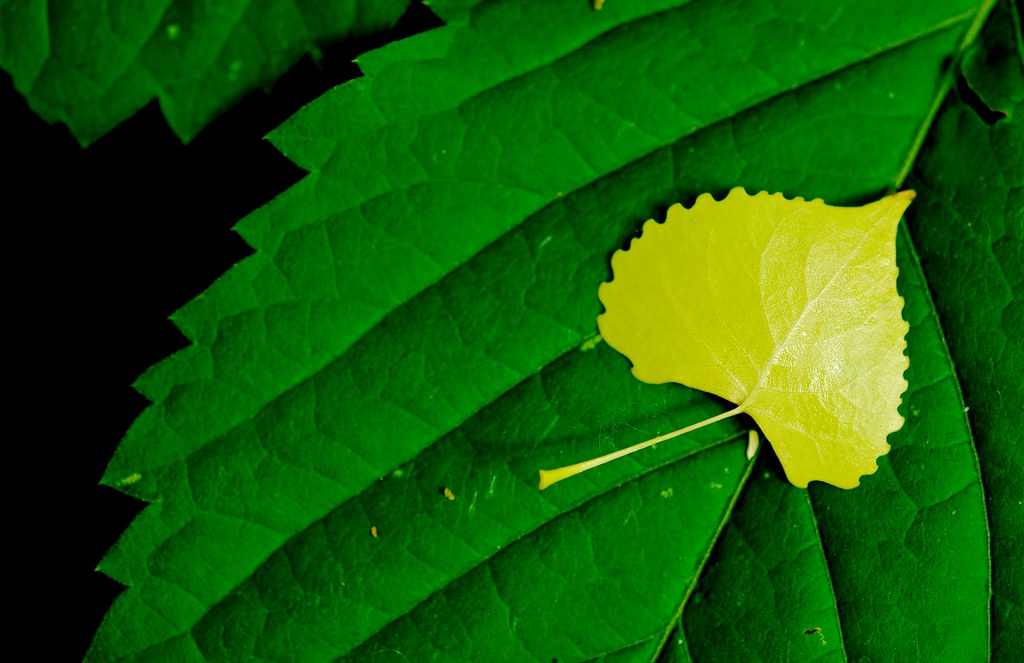
A few years back, I read an article that theorized that plants evolved their distinctive edges so that amphibians that were trying to eat them would hurt their soft mouths and go on to easier-to-eat plants. I, of course, cannot find the article today.
While I think the idea is fascinating, my fundamental problem with it is that I haven’t seen much, outside of certain oaks and holly, that show transition from a jagged-edge leaf to something more like a thorn. In fact, thorns seems to either be adapted from the whole leaf or from a branch, not from leaf “feature creep”, so to speak.
Granted, I’m not a botanist, and there could be whole families of plants I’m not thinking about. If you know of any family that shows evolution from a relatively flat and smooth leaf to something that clearly seems designed for defense, I’d be very interested in hearing about it.
